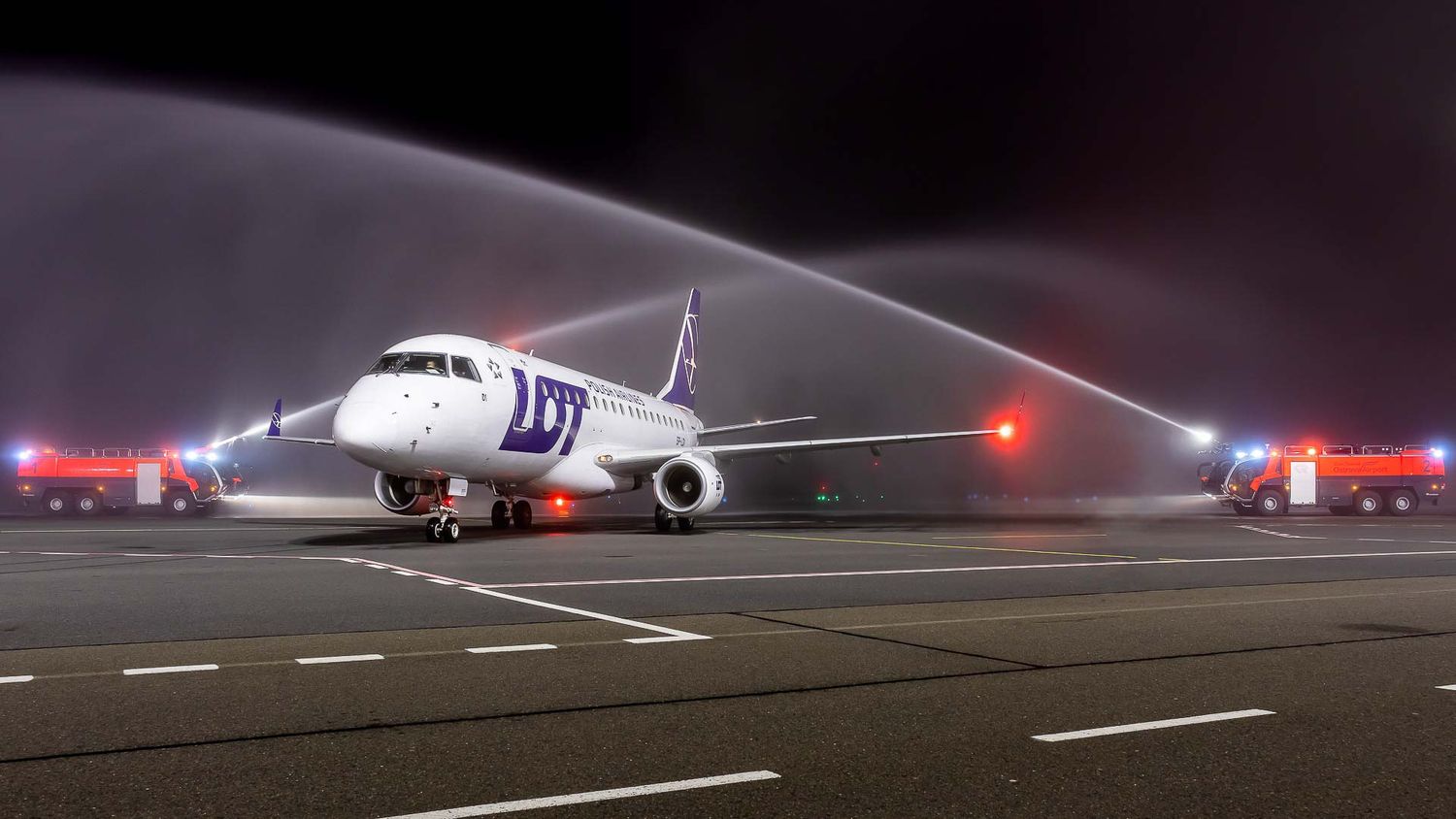Farnborough, United Kingdom – Embraer and LOT Polish Airlines, the national carrier of Poland and leading airline in Central Europe announced at the Farnborough Airshow 2022 edition the signature of a contract to renew and expand the Pool Program to support LOT’s fleet of Embraer E-Jets.
In the new agreement, LOT will also add seven E-Jets to the original contract, with the Pool now covering a total of 44 aircraft and over 300 components. Currently, Embraer’s Pool Program supports more than 50 airlines worldwide.
“The Pool Program has been paramount to increasing LOT’s fleet availability, guaranteeing efficiency and competitive results, allowing LOT to focus on day-to-day aircraft operations. This extension and the inclusion of additional aircraft is a part of LOT’s fleet growth strategy. Flexibility and true partnership are the basis of our longstanding cooperation with Embraer,» said Maciej Wilk, COO of LOT Polish Airlines.
LOT Polish Airlines is the launch customer of E-Jets, with the E170 entering into service in 2004. LOT, a Pool customer since 2012, is the only airline to operate all four variants of E-Jets in their fleet.
The Pool Program will support LOT’s current fleet of 21 E170s and E175s and up to 23 E190s and E195s. “There is no bigger endorsement about the kind of after-sales service Embraer provides than having a customer renew and expand a contract to support its fleet,” said Johann Bordais, President & CEO, Embraer Services & Support.
«We know that we have to work hard to maintain high standards of support, not only offering the best services on the market, but also delighting our customers as the Pool is an integral part of Embraer’s service and support growth strategy”, he added.
Embraer’s Pool Program is designed to allow airlines to minimize their upfront investment in high-value repairable inventories and resources, while taking advantage of Embraer’s technical expertise and vast repair service provider network for components.
The results are significant savings on repair and inventory carrying costs, reduction in required warehousing space, and the virtual elimination of the need for resources required for repair management, while ultimately providing guaranteed performance levels.


Comentarios
Para comentar, debés estar registrado
Por favor, iniciá sesión